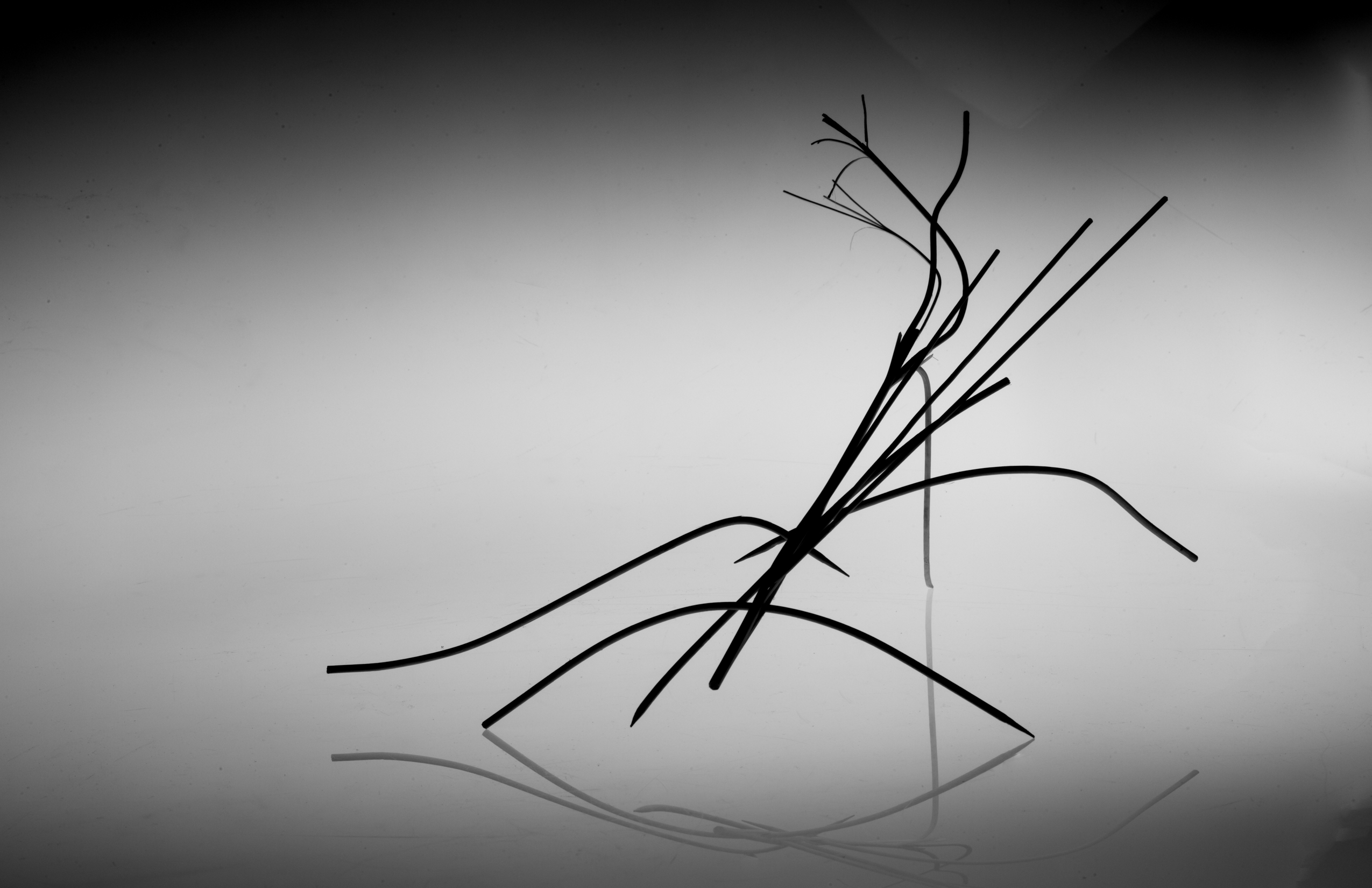
23.01.17 - "I see so much potential," says Master of Landscape Architecture student Devin Tepleski
Last semester, first year Master of Landscape Architecture student Devin Tepleski was asked to address his classmates, first at the Daniels Faculty’s student awards luncheon on October 27 and, later, at a Faculty event to recognize those who donated to the new Daniels building at One Spadina Crescent. Below is a transcript of his speech, in which he describes what inspired him to study landscape architecture and how he and his fellow classmates can, through their work, inspire positive change and help build solutions to challenges facing communities throughout the world.
::::::::::::::::::::::
What excites me most about my studies in Landscape Architecture is the opportunity to work on solutions -- answers to the questions I’ve been asking for the last five years since finishing an undergraduate degree in anthropology. What makes places matter to the people that live there? What is worth protecting?
I have been extremely lucky to travel as much as I did with my work, at first to Ghana where I worked as an ethnohistorian and documentarian with communities displaced by a hydroelectric dam. From there I went on to spend 4 years working with Cree and Dene communities in Northern Alberta and on a massive marine use study with Salish nations of Southern Vancouver Island.
These experiences were life-changing. I got to sit around day after day interviewing everyone from the wisest elder to the youngest school child about what matters to them about the places they live, but that is only one way to look at what I did. In the contexts in which I worked, I mainly documented what concerned them -- their anxieties and their fears -- and in communities like Fort McKay, surrounded by open pit oil sands mines in all directions, these anxieties run deep. My deliverable at the end of most of these jobs was a report, a document. Often it was a map of the places that mattered most that would soon be destroyed. Other times it was 300 pages listing concerns, systematically, by category. The recommendations and appeals within were rarely heeded.
While I believe the process of coming together in the development of these documents was a great way to build a sense of cohesion -- coming together to share stories about that time Uncle James killed his first moose or to retell ancient stories about battles fought many generations ago -- I never felt that the document was enough. Especially when you work in a community long enough, it gets harder to ask the same questions over and over again -- questions you know the answer to already. But rarely was I able to answer the questions the people had for me. Often the questions that I would get the most were related to design solutions they identified, simple things like traffic lights and speed bumps. Where are they? When will they be built? I don’t know. My job ended when I handed in the document.
Do I think landscape architecture will provide all the answers? Certainly not. In fact there is a danger in providing only downstream solutions. And I think this is important, especially when we are so immersed in an aesthetic discipline. We must realize that outside of the design work we will do, that politics matter. I hope each and everyone of us can be active in our communities and push for policies that allow designers like us to build a better world.
With Landscape Architecture, I’ve found a home that is equally holistic as anthropology -- a discipline that seeks to understand the cultural complexities that transform spaces into places. I know it is too early to say where the next three years will take me, but I am grateful to be in a place that believes in their students enough to offer their support.
I look around at my fellow students here today and I see so much potential. You are investing in the opportunities for each and every one of us to find answers within ourselves. In return -- I am going to go out a limb and make a promise on behalf of all the students here today -- we will work hard to build solutions beyond the walls of self. We will work every day to make our communities better places.

